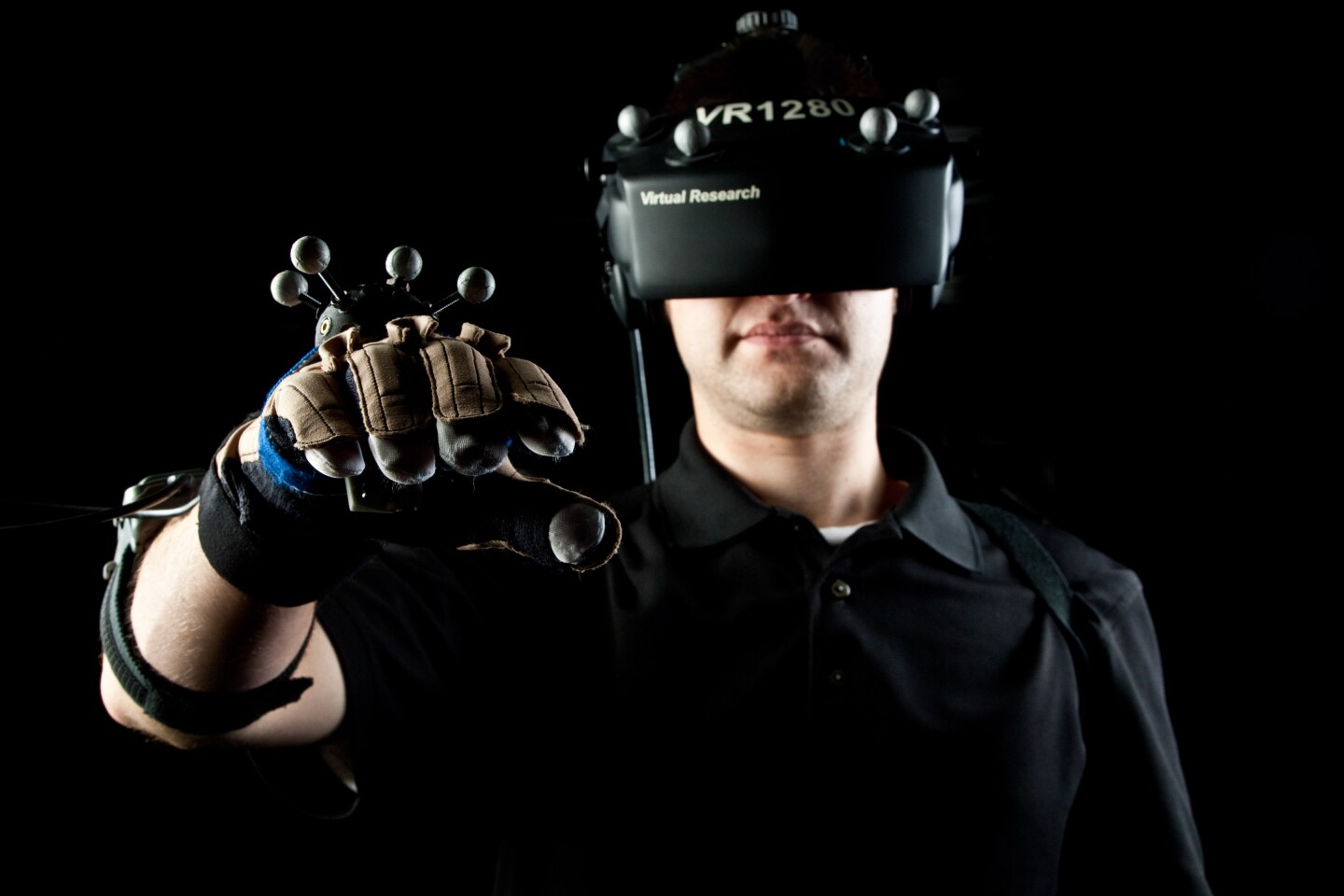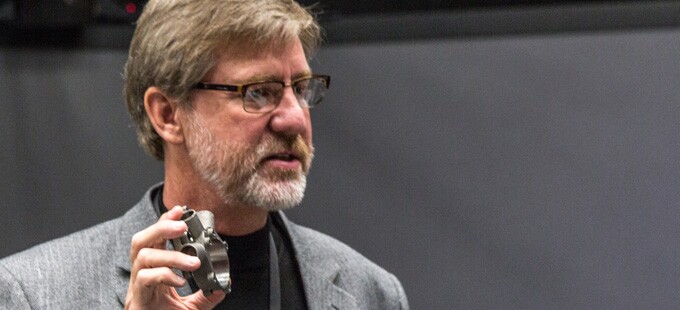3D printing is fast moving into the big leagues as it becomes less of a way to print plastic key fobs and more of a tool for the likes of aerospace giants. Earlier this month the Lockheed Martin Space Systems Company showcased it next-generation, digitally integrated design and manufacturing process with a tour of its Denver, Colorado facility for community leaders from Jefferson County.
During the tour on October 4, Lockheed Martin's Vice President of Production, Dennis Little, introduced the company’s next-generation digital manufacturing technologies called Digital Tapestry. This is a Model Based Engineering (MBE) tool that Integrates design and manufacturing into a single process. It goes beyond CAD design by providing a digital virtual environment called the Collaborative Human Immersive Laboratory (CHIL), where designers can manipulate parts or even entire machines to see how they go together and operate. As they do so, the system produces a constant stream of automatically updated specifications.
When the design moves onto the factory floor, it’s a seamless transition because Lockheed is moving away from tasks, such as manually cutting fabric for satellite blankets or bending and inspecting fuel lines, in favor of automated fabrication and testing that works off of the digital model. To support this approach, the company is also employing standard satellite bus designs and standardizing parts, so they can be ordered in bulk from vendors.

“Our Digital Tapestry of production brings digital design to every stage of the production process for a fluid product development cycle,” says Little. “From 3D virtual pathfinding simulations to 3D printing, we are using innovative digital technology to streamline the manufacturing process for lower cycle times and reduced costs for our customers.”
3D printing, or additive manufacturing, is one of the integral technologies for Digital Tapestry. Already used to manufacture parts for the F-35 fighter plane, the company is moving it more generally into its product manufacturing and especially at the Space Systems Company, where it’s currently used for printing titanium parts.
Lockheed's additive printing process takes a part design directly from a computer model and uses lasers or ion beams to fuse a cross section of the part in a layer of titanium powder. The printing machine then adds another layer and the process continues. When complete, the excess powder is removed and the part is polished and hardened. This not only allows tasks to be done in hours that normally would take weeks, but it also drastically reduces cost and allows for much more complex designs, which means that fewer parts are needed for final assembly.

The company says it plans to expand the use of 3D printing until it is possible to one day print entire satellites.
“Virtual pathfinding and 3D printing are just two of the innovations we are implementing at Space Systems Company to digitalize the production process,” says Little. “From conceptualization to realization, we continue to look for new opportunities to improve the production cycle with advanced technology. In this industry, we have to continuously lean forward to new technologies to stay affordable, efficient and reliable for our customers.”
The video below outlines Lockheed Martin’s digital manufacturing process.
Source: Lockheed Martin












